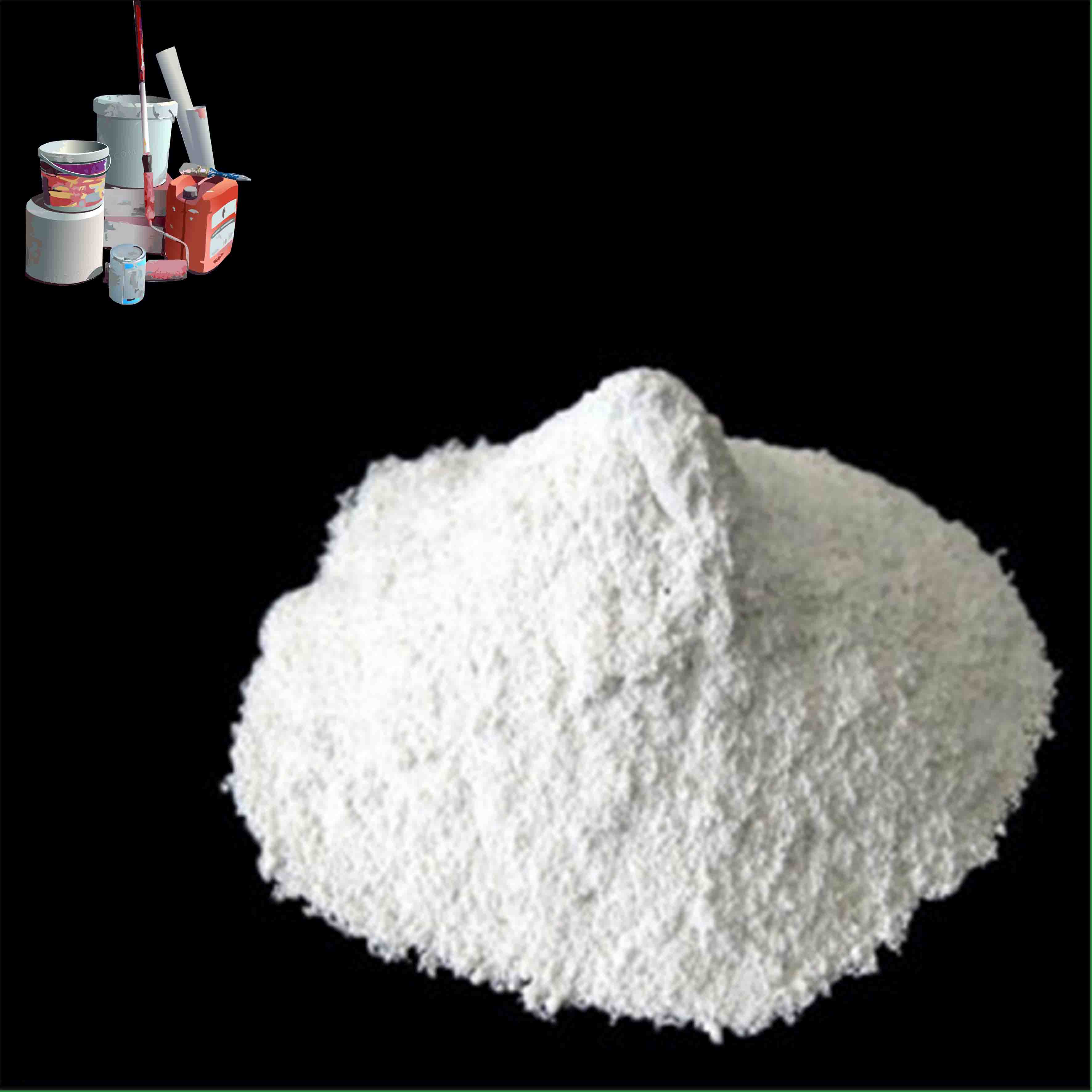
Nov . 27, 2024 15:47 Back to list
30-50nm Titanium Dioxide Powder Manufacturing for Various Applications and Industries
The Rise of 30-50nm TiO2 Powders Innovations in Manufacturing and Applications
Titanium dioxide (TiO2) has long been celebrated for its unique properties, making it a cornerstone material in various industries ranging from pigments to semiconductors. Within the expanding landscape of nanomaterials, 30-50nm TiO2 powders have garnered significant attention due to their enhanced functionality and versatility. This article explores the advancements in manufacturing these nano-sized powders, their applications, and the future potential they hold.
Understanding TiO2 Nanoparticles
Titanium dioxide exists in several crystalline forms, with rutile and anatase being the most common. When reduced to the nanoscale, particularly within the range of 30-50nm, TiO2 exhibits unique optical, electrical, and photocatalytic properties. These characteristics arise from the increase in surface area-to-volume ratio and quantum size effects, leading to enhanced reactivity and photocatalytic efficiencies. This makes nano-TiO2 suitable for advanced applications that require improved performance and efficiency.
Manufacturing Innovations
The production of 30-50nm TiO2 powders has seen significant innovations over the past decade. Traditional methods for synthesizing TiO2, such as the sulfate and chloride processes, have limitations in controlling particle size and shape. However, advancements in techniques like sol-gel synthesis, hydrothermal and solvothermal methods, and spray pyrolysis have enabled manufacturers to achieve precise control over the nanoparticle characteristics.
1. Sol-Gel Method This versatile technique allows for the formation of TiO2 nanoparticles through the controlled hydrolysis and condensation of titanium alkoxides. By adjusting parameters such as temperature and precursor concentration, manufacturers can produce TiO2 powders within the desired 30-50nm range.
2. Hydrothermal Synthesis Utilizing high temperature and pressure, hydrothermal synthesis facilitates the growth of TiO2 nanoparticles in aqueous solutions. This method enhances crystallinity and can achieve uniform particle sizes, making it suitable for producing high-purity TiO2.
3. Spray Pyrolysis This continuous process involves spraying a precursor solution into a heated chamber, causing rapid evaporation and particle formation. Spray pyrolysis is advantageous for scaling up production of TiO2 nanoparticles while maintaining relatively uniform sizes and shapes.
Applications of 30-50nm TiO2 Powders
30-50nm tio2 powders factory

The unique properties of 30-50nm TiO2 powders open up a myriad of applications across diverse fields
- Photocatalysis Due to their enhanced surface reactivity, nano-TiO2 powders are effective photocatalysts, capable of decomposing organic pollutants in air and water. They are used in water purification systems and air filtration technologies, contributing to environmental sustainability. - Cosmetics and Sunscreens TiO2 is a widely used pigment in cosmetics, especially in sunscreens. Nano-sized TiO2 powders offer effective UV protection while maintaining transparency, making them ideal for skin care products.
- Electronics The semiconductor properties of TiO2 make it a valuable ingredient in electronic devices. Nano-TiO2 is utilized in sensors, capacitors, and photoelectric devices due to its high dielectric constant and optical transparency.
- Building Materials TiO2 is incorporated into construction materials to create self-cleaning surfaces that degrade organic dirt when exposed to sunlight. This innovation not only enhances aesthetic appeal but also reduces maintenance costs.
- Food Industry Nano-TiO2 has been explored as an additive in food packaging due to its antibacterial properties, helping to prolong shelf life and improve food safety.
Future Prospects
As research into nanomaterials continues to advance, the market for 30-50nm TiO2 powders is expected to grow. The demand for sustainable and efficient materials in various industries makes TiO2 nanoparticles a focal point for innovation. However, it is essential that manufacturers address potential environmental and health concerns associated with nanoparticles to ensure safe usage.
Regulatory frameworks will also need to evolve, providing guidelines for the production, handling, and disposal of nano-TiO2. Collaborative efforts between industry, academia, and regulatory bodies will be crucial in shaping the future landscape of TiO2 nanomaterials.
Conclusion
In conclusion, 30-50nm TiO2 powders represent a significant advancement in the field of nanomaterials, unlocking vast potential across industries. With ongoing innovation in manufacturing processes and a growing understanding of their applications, these nano-sized powders are set to play a pivotal role in shaping a sustainable future. As we continue to explore their capabilities, the journey of TiO2 powder production may very well redefine standards in technology and environmental stewardship.
-
Premium 6618 Titanium Dioxide for GPT-4 Turbo Applications
NewsJul.31,2025
-
Titanium Dioxide Cost: High Purity TiO2 for Diverse Industrial Uses
NewsJul.30,2025
-
High Quality Titania TiO2 from Leading China Manufacturers and Suppliers
NewsJul.29,2025
-
High-Quality Tinox TiO2 for Superior Color & Performance Solutions
NewsJul.29,2025
-
High Quality Titania TiO2 from Leading China Supplier & Manufacturer
NewsJul.29,2025
-
High-Performance r6618 TiO2 for Superior Whitening and Versatility
NewsJul.28,2025
